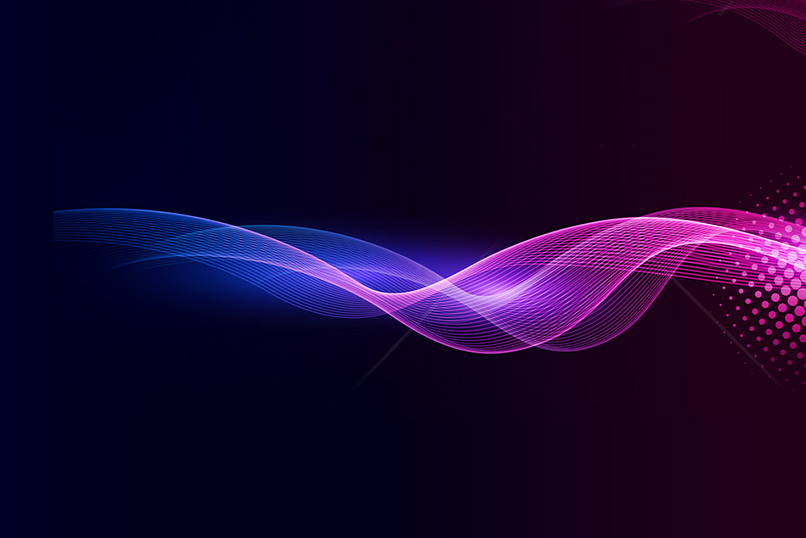Teaching recording and broadcasting system is a technical system specifically used for recording, editing, and publishing educational and teaching content. Here is a detailed introduction to it:
Composition
Recording Equipment
Includes cameras, microphones, etc., used to collect video and audio signals of teacher instruction. Cameras are responsible for shooting the teacher's teaching activities, writing on the blackboard, displaying courseware, etc., while microphones are used to pick up the teacher's explanation voice and various sounds in the classroom, ensuring that the recorded content is clear and free of noise.
Recording Host
Is the core equipment of the system, whose main function is to encode, compress, and store the input audio and video signals. It can convert the analog signals collected by the camera and microphone into digital signals, and encode and compress them according to certain video formats (such as MP4, AVI, etc.) for easy storage and post-processing. At the same time, the recording host can also realize multi-screen synthesis, switching, and adding subtitles, special effects, etc.
Storage Equipment
Used to store the recorded teaching videos. Can be a hard disk array, network storage device (NAS), etc., with large capacity and high reliability, able to meet the storage needs of long-term, large amounts of video files.
Control System
Controls and manages the recording system through software or hardware devices. Teachers or operators can start, stop, pause, etc., the recording process through the control system, and can also remotely control the camera's shooting angle, focal length, aperture, and other parameters, as well as set and adjust various functions of the recording host.
Playback and Publishing System
Publishes and plays the recorded teaching videos, making it convenient for students to watch and learn anytime and anywhere. Can be published through campus networks, the Internet, etc., and students can log in to the corresponding playback platform with computers, tablets, mobile phones, and other terminal devices to access and watch teaching videos.
Functional Characteristics
Automatic Recording Function
Can automatically start and stop the recording process according to preset rules and conditions. For example, it can be set to automatically record a class during a specific time period, or automatically trigger recording when the teacher turns on specific teaching equipment.
Multi-screen Recording and Switching
Supports simultaneous recording of multiple screens, such as teacher screen, student screen, courseware screen, experiment demonstration screen, etc., and can automatically or manually switch different screens during the recording process according to teaching needs to present the best teaching effect.
Video Editing Function
The system usually has certain video editing capabilities, such as cutting, cropping, merging, adding subtitles, inserting pictures and audio, etc., making it convenient for teachers to post-process the recorded videos to make them more perfect and meet teaching requirements.
Live Broadcasting Function
In addition to recording function, the educational recording and broadcasting system can also live broadcast the teaching process to the network in real time, allowing students who are not on the scene to watch the teaching activities synchronously, realizing remote teaching and interaction.
Resource Management Function
Classifies, stores, retrieves, and manages the recorded teaching videos, making it convenient for teachers and students to quickly find and use the required teaching resources.
Application in Education
Classroom Teaching Record
Can completely record the teacher's classroom teaching process, including teaching content, teaching methods, teacher-student interaction, etc., providing first-hand information for teachers' teaching reflection and research.
Distance Learning and Online Learning
Through live broadcasting and recording functions, spread high-quality teaching resources to a wider range, providing rich learning content for remote students, and realizing the sharing and optimal allocation of educational resources.
Teaching Evaluation and Observation
Recorded teaching videos can serve as an important basis for teaching evaluation, facilitating school administrators, teaching and research personnel, and peer teachers to evaluate and analyze the teaching quality of teachers. At the same time, excellent teaching videos can also serve as observation lesson resources for other teachers to learn from.
Student Independent Learning
Students can review the content learned in class after class by watching recorded videos, making up for knowledge gaps in class. For some difficult-to-understand knowledge points, students can repeatedly watch the videos until they master them.





 current position:
current position:

 CASE
CASE

 Home
Home




